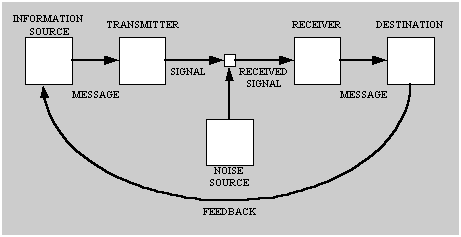For
my project this semester in New Media Theory and Practice, I‘m going build a
Slash Page for my digital portfolio. This site will serve as a virtual introduction
to my scholarship, my pedagogy and me. It will both visually and
verbally convey my interests. This site will take the place of my current
professional site, which I don’t think truly captures who I am or my research
effectively.
This splash page will be built using Photoshop
and XHTML/CSS. I will use Photoshop to design/edit the images of each of
the components on the page. Then I will use XHTML and CSS to put them
together in a web space, animate them and make them into links into sub-pages. In addition to this overall framework, I have
one portion of this splash page that I want to make interactive. To make this interactive component, I
originally was going to use a simple Flash program, but after talking to
Shelley Rodrigo, I agreed to take the challenge and develop it in HTML5. I am not a fan of Flash because of its
incompatibility with iOS, but I felt more comfortable learning a simple Flash
program because I feel like I have a basic sense of how Flash works. However, Shelley encouraged me to get out of
my comfort zone and invest in the technology that is up-and-coming, rather than
the one that may be seeing its endpoint coming soon.
The first thing I did to work through this
project was to spend some time sketching and talking through what I wanted it
to look like. I have had a murky mental
picture of this thing, but I needed to talk through what it would really look like. To do that I spent some time with some giant
paper, colored pencils and my husband, just sketching and scrapping ideas. From there I was able to get a picture of the
components I need for the project. Next
stop—building!
Here are the components I’m thinking through:
The Slash Page:
· Side of a building with a street light next to it.
· Building covered with various bits of graffiti and posters
· Center of the building, a door covered in stickers
· On the ground are a series of spray bottles, some lying on their
side, some upright
· The bits on the wall include:
o
Graffiti Lettering:
TEACH.
o
A series of the same
poster—done 1990s punk rock poster style that say something about Research on
them (Above them a sign “Post No Bills”)
o
A wheat paste image of
a Twitter Bird
o
Some play on a poster
that has a picture of me and “tear off” contact slips.
o
My name is stenciled
somewhere on the wall.
The Action:
· Hovering over each item makes it animate and enlarge. The
viewer can then click on it to enter the page:
o
Door – “Enters” into a
bio page with links to the other parts of the page (for viewers who want an
hierarchical, linear experience)
o
Street light –to my
blog “Cicero’s Lightbulb”
o
Graffiti Lettering:
Leads to a page on my teaching
o
Wheat paste – leads to
a page with my Twitter feed
o
Poster series –leads
to a page on my research
o
Wanted poster – leads
to my CV, unless you click on the “tear off strips” which lead to Contact me.
The Big Challenge:
Clicking on the spray bottles will take the
viewer to a new page where the same wall from the splash page is now blank.
Clicking on the wall will allow them to “tag” it. This will be
accomplished through HTML5...once I figure out how.
Subpages:
Once the splash page is created, I’ll create
the contents to have a seamless visual identity. This will require making
Twitter and Blogger themes using CSS that continue the display from the other
pages of the website. It will also require revising my current personal
website material (and CV) to continue the street art them that the other parts
of the page will have. These content pages will likely not be completed
by the end of the Individual Project in English 866, but I will continue
working on developing them for the Digital Portfolio project for the Foreign
Language requirement of my degree.




